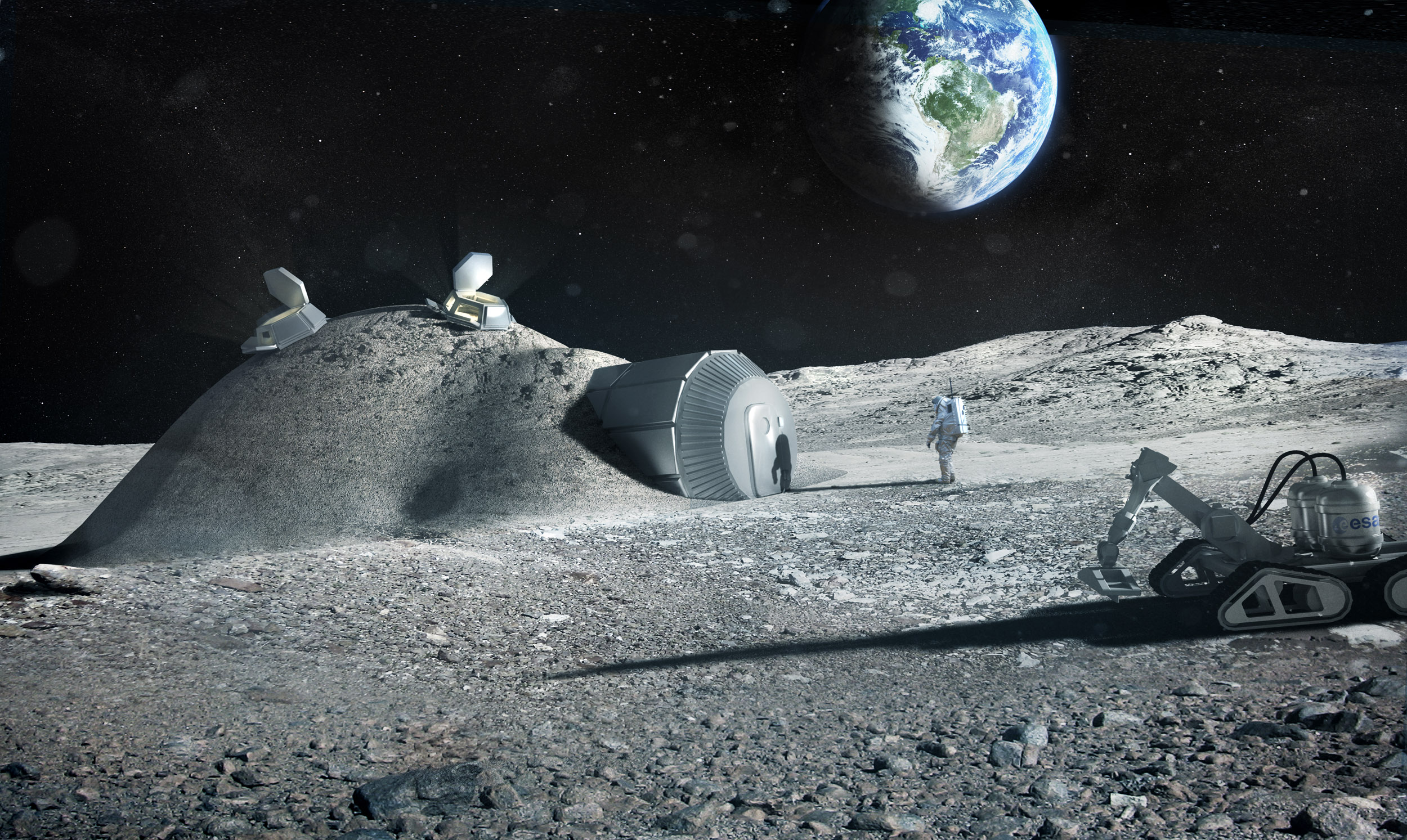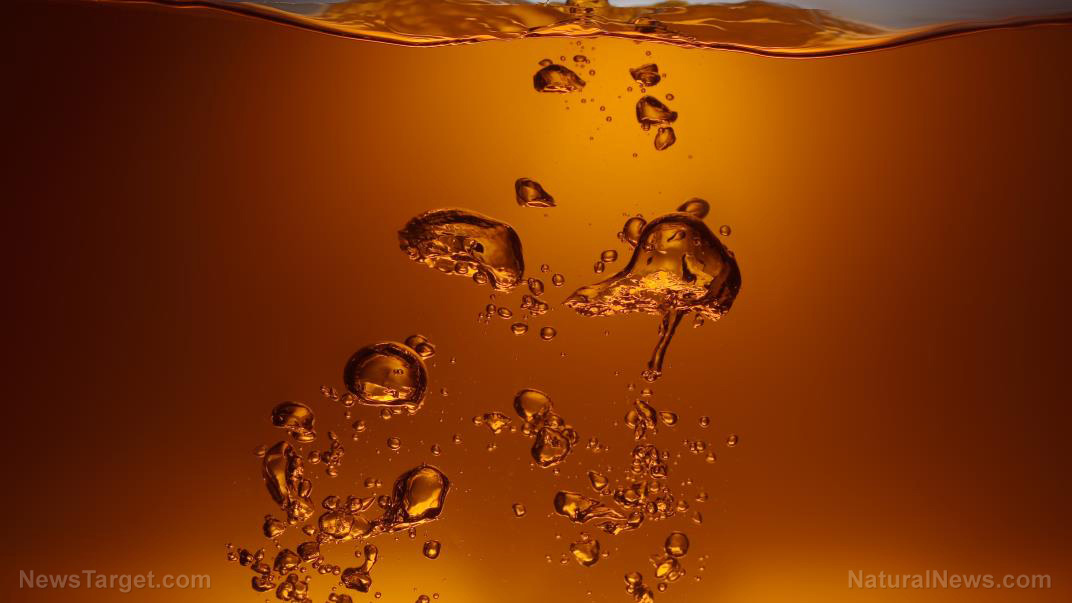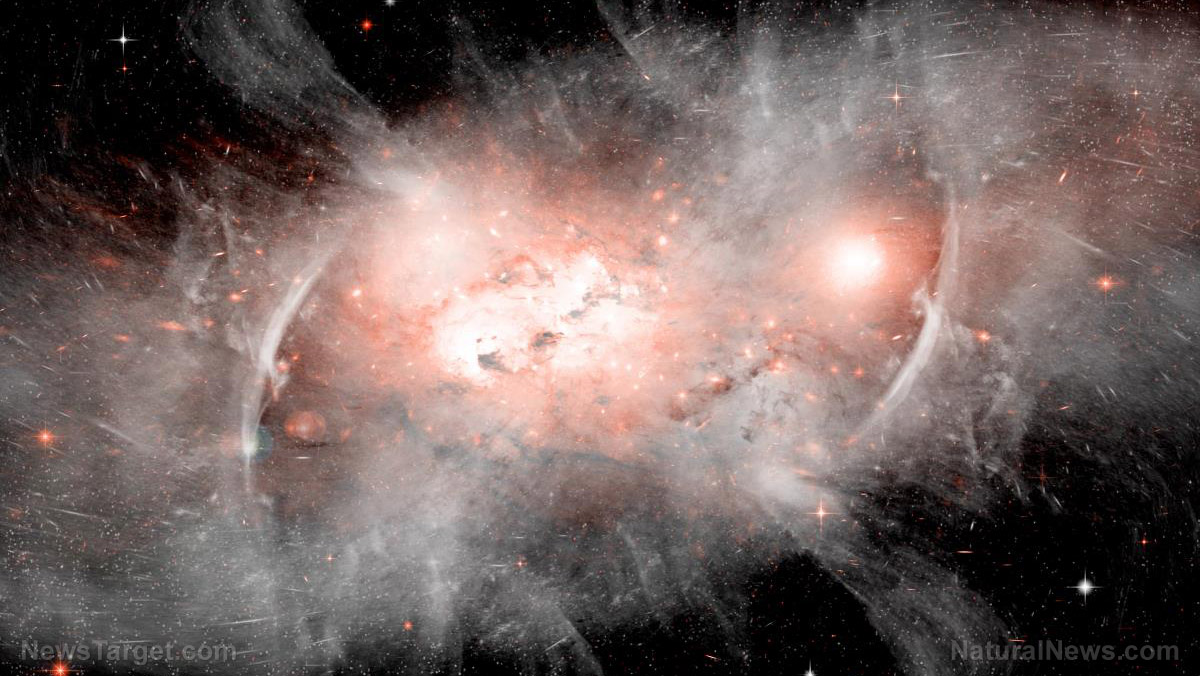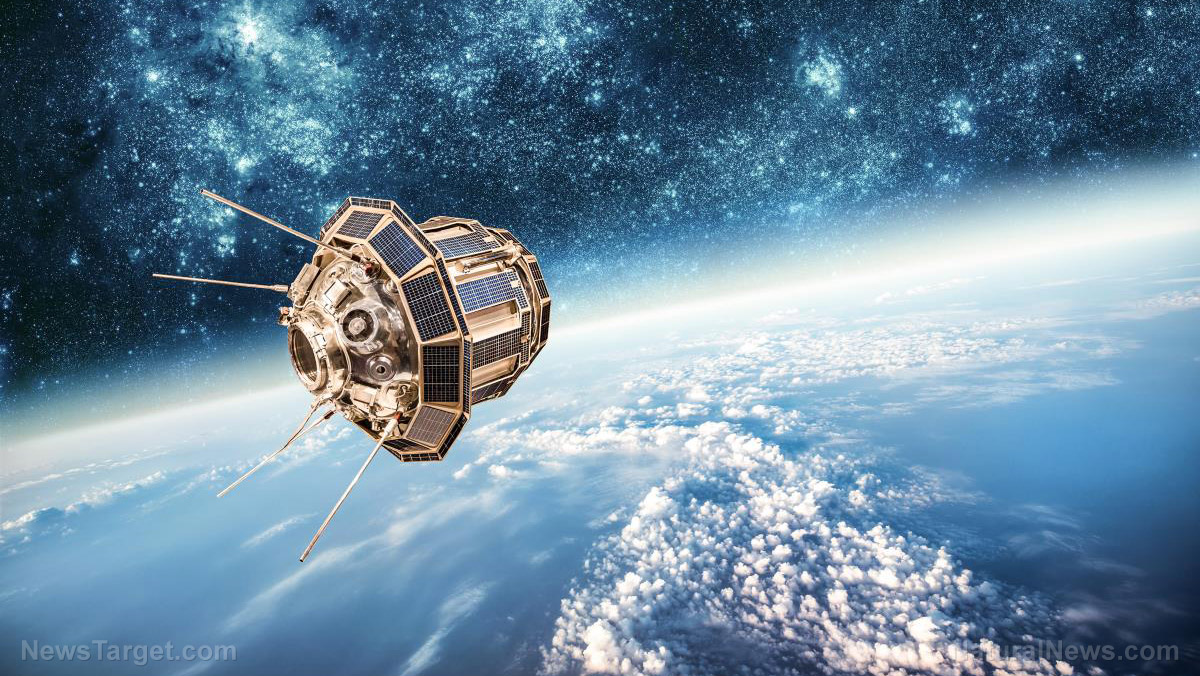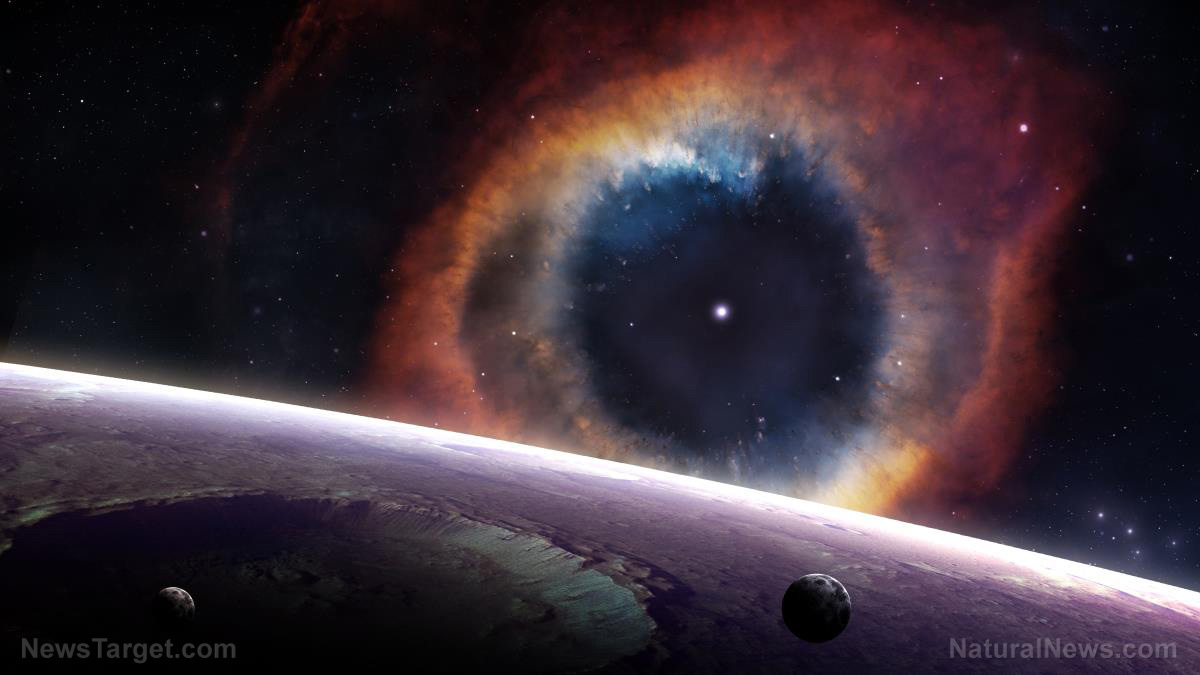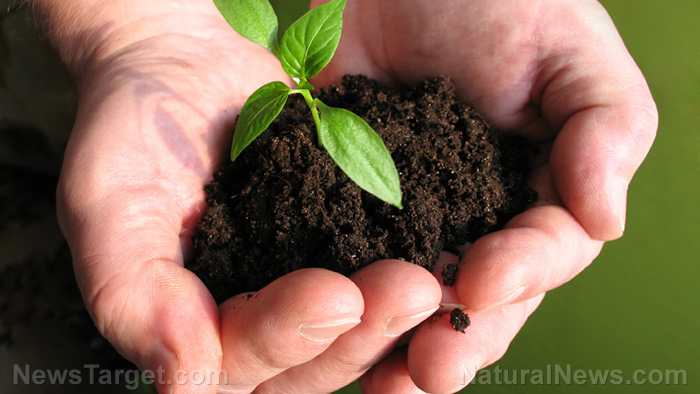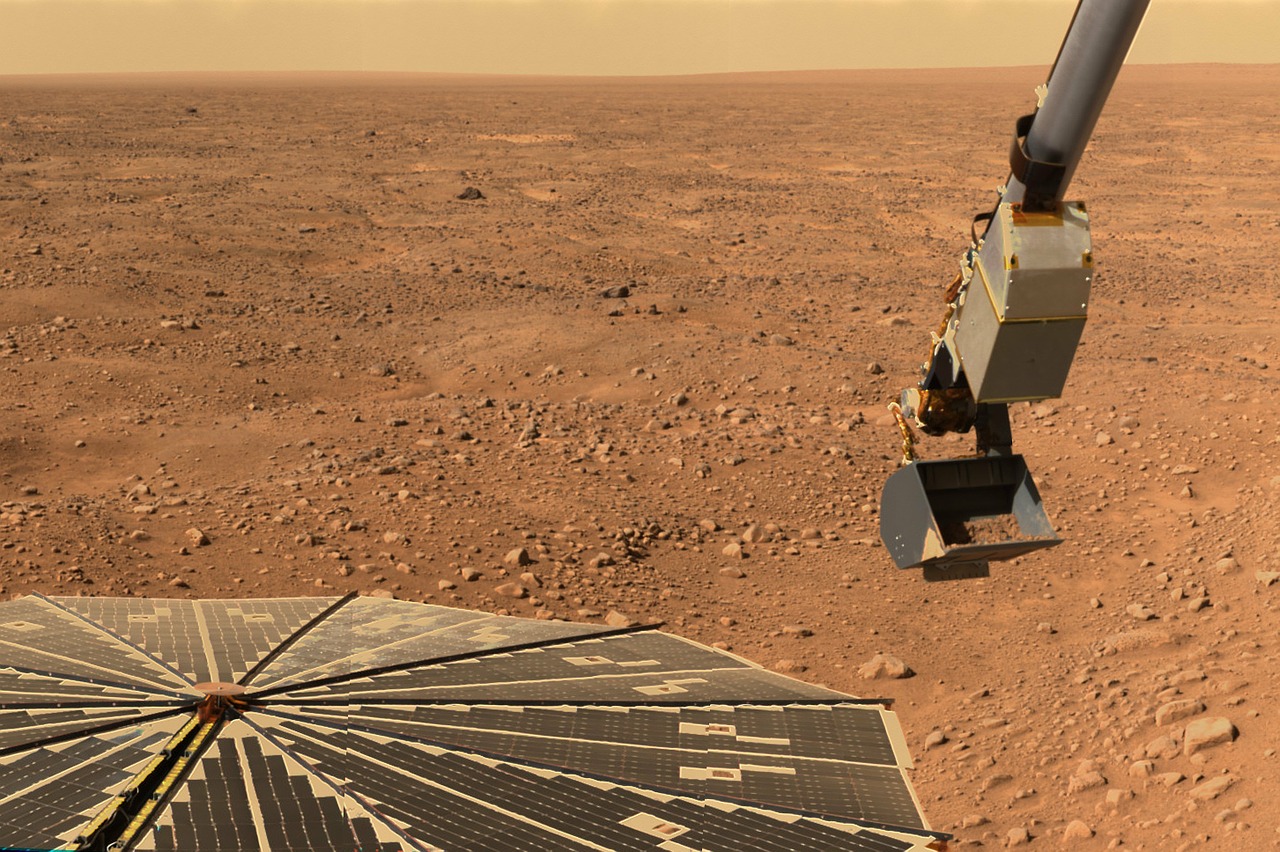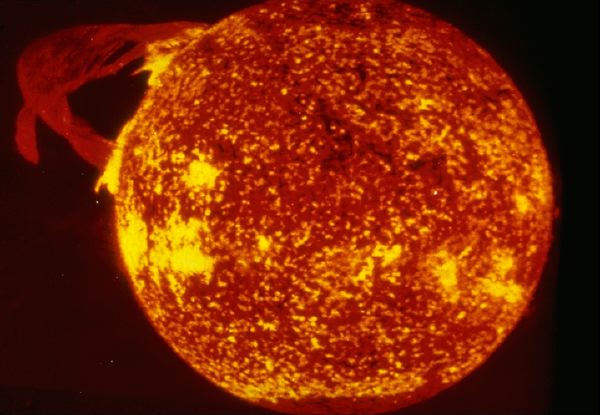Scientists produce oxygen from water in zero gravity, making sustained space travel a real possibility
09/25/2018 / By Tracey Watson

Humans have put considerable time and effort into destroying our beautiful planet over the past few decades. Deforestation, pollution and the destruction of plant and animal species – among other things – are making the Earth increasingly inhospitable. Add to that the conflict between nations around the world which could culminate in World War III, and it begins to look more and more like humans are going to have to find another home – and soon.
While there are people like Elon Musk who believe that finding another permanent planet home is as easy as buying something at Walmart, the truth is that there are multiple obstacles to sustaining life long-term for billions of people on other planets.
One of the greatest hurdles scientists need to overcome is the need to provide oxygen for astronauts – and ultimately, long-term space dwellers – as well as the fuel needed to power complex electronic equipment. Mankind may just have taken a giant step towards life on other planets, however, with a study published in the journal Nature Communications finding that it is possible to produce both oxygen and the hydrogen needed to fuel electronics from stored water.
Harnessing power from the sun and the stars
Earth dwellers are already focused on harnessing power from the sun and making use of more renewable sources of energy than oil. One of the options being considered by researchers is the use of hydrogen collected by splitting water into its two main constituents – hydrogen and oxygen – using a process known as electrolysis. Another option is to use photo catalysts in a process called photocatalysis that involves absorbing light particles (photons) into a semiconductor material placed in water.
The energy of a photon gets absorbed by an electron in the material which then jumps, leaving behind a hole. The free electron can react with protons (which make up the atomic nucleus along with neutrons) in water to form hydrogen. Meanwhile, the hole can absorb electrons from water to form protons and oxygen.
Theoretically, either of these options could be used to produce hydrogen and oxygen in space, but the Nature Communications study focused on photocatalysis, since the equipment needed for this process is much lighter than that needed for electrolysis. The light needed for the process could easily be harnessed from sunlight – which is far more intense beyond the Earth’s atmosphere – or even starlight, if necessary.
There are still serious obstacles to overcome
To prove that water could be split in this way in space, researchers simulated an environment which mimics microgravity by dropping the photocatalysis equipment down a 120m (approximately 394 foot) drop tower.
Scientific American explained the process:
As objects accelerate towards Earth in free fall, the effect of gravity diminishes as forces exerted by gravity are cancelled out by equal and opposite forces due to the acceleration. This is opposite to the G forces experienced by astronauts and fighter pilots as they accelerate in their aircraft.
While the researchers proved that photocatalysis could successfully split water into hydrogen and oxygen in a space environment, there is still one major obstacle that has to be overcome.
As the water is split, bubbles form. Getting rid of these bubbles is important because they interfere with the creation of gas. On the Earth, gravity automatically causes the bubbles to rise to the surface and away from the catalyst, but in a zero-gravity environment the bubbles remain on or near the catalyst. Scientists are working hard to engineer a solution to this problem.
Though it may take time to overcome this and other issues, it would certainly seem that we are now closer than ever to fulfilling Elon Musk’s dream of colonizing other planets as an escape route from all the disasters we’ve already caused down here. (Related: Colonizing Mars necessary to save human species from destruction, says NASA chief.)
Learn more about mankind’s progress in space colonization at Space.news.
Sources for this article include:
Tagged Under: breakthrough, cosmos, Elon Musk, future science, future tech, hydrogen in space, Mars, oxygen in space, scientific research, Space, space colonization, splitting water

